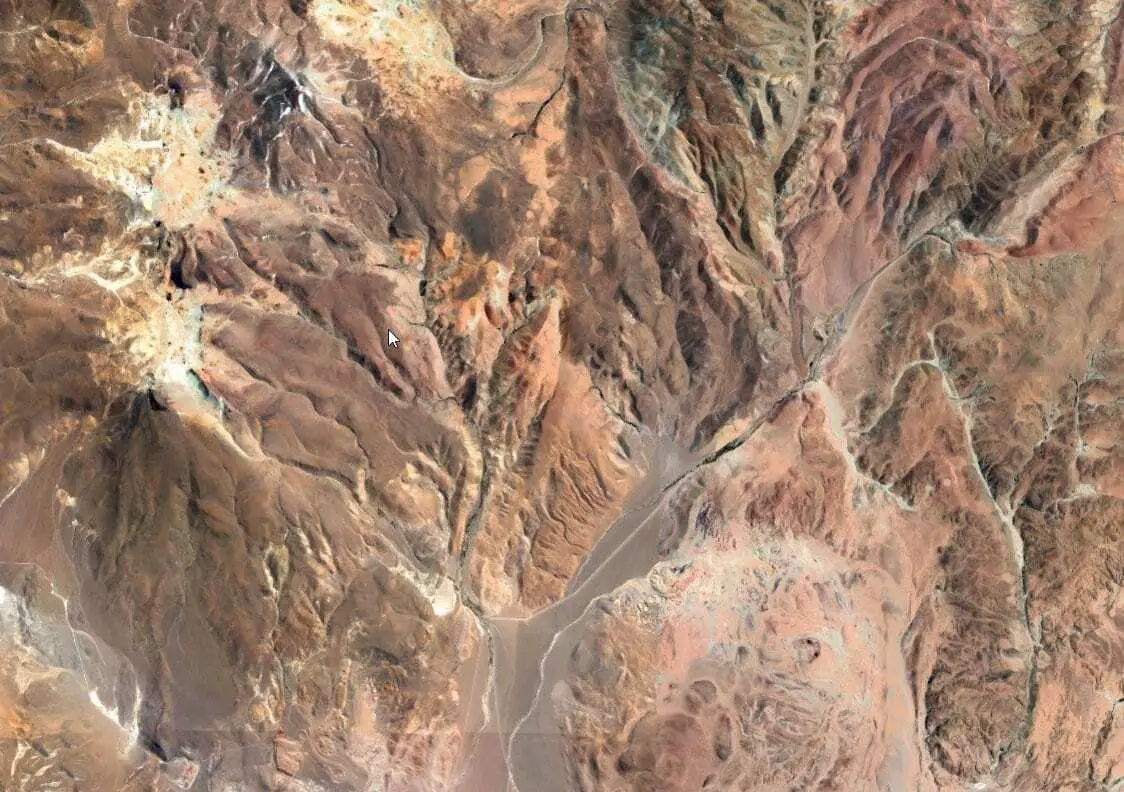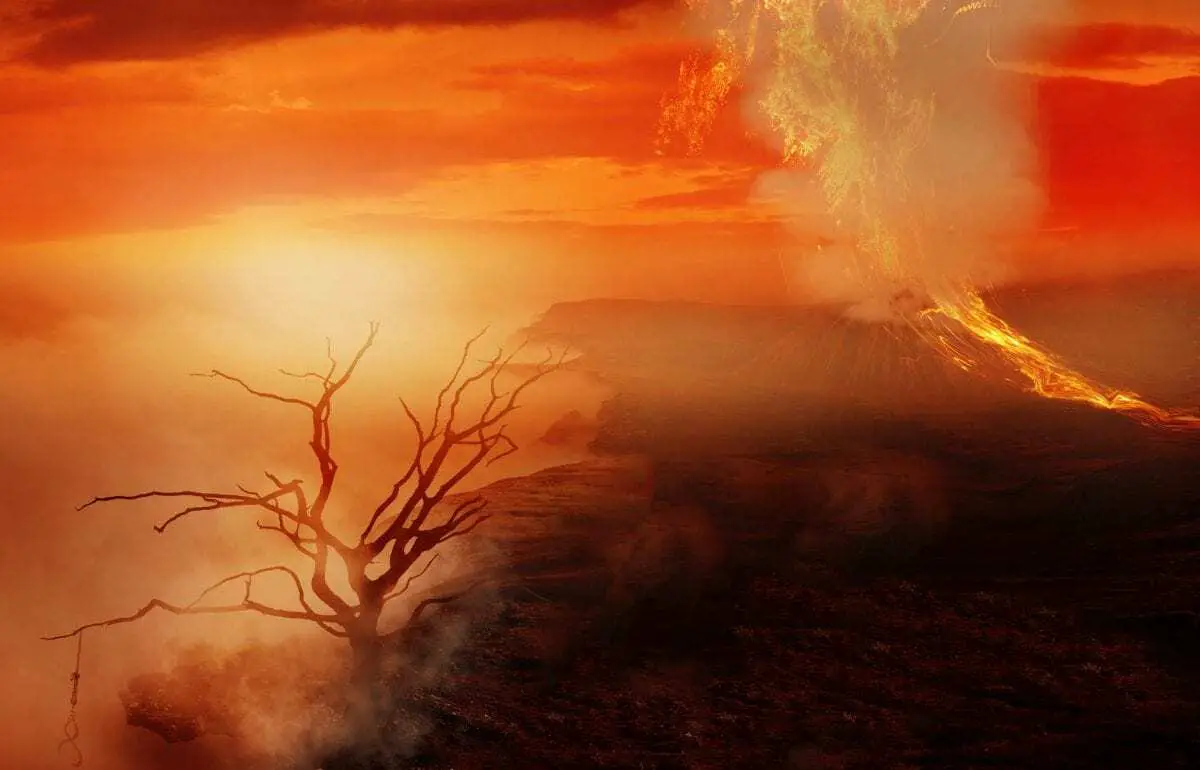A supervolcano is classified as a volcano with an eruption magnitude of 8, the largest value on the Volcanic Explosivity Index (VEI) where the volume of deposits for that eruption is greater than 1,000 cubic kilometers (240 cubic miles).
Supervolcanoes occur when magma in the mantle rises into the crust and is unable to break through a fissure or vent. Over time, immense pressures start to accumulate in a growing magma pool until it explodes through the crust violently.
This can occur at hotspots (for example, Yellowstone Caldera) or at subduction zones (for example, Toba). Large-volume supervolcanic eruptions are also often associated with large igneous provinces, which can cover huge areas with lava and volcanic ash. These can cause long-lasting climate change (such as the triggering of a small ice age) and threaten species with extinction.
1 – La Garita Caldera
Garita Caldera is a large supervolcanic caldera in the San Juan volcanic field in the San Juan Mountains near the town of Creede in southwestern Colorado, United States. The eruption that created the La Garita Caldera is among the largest known volcanic eruptions in Earth’s history.
The La Garita Caldera is one of a number of calderas that formed during a massive ignimbrite flare-up in Colorado, Utah and Nevada from 40–18 million years ago, and was the site of massive eruptions about 28.01±0.04 million years ago, during the Oligocene Epoch.
The scale of La Garita volcanism was the second greatest of the Cenozoic Era. The resulting ash flows the volcano created, most notably the “Fish Canyon Tuff” has a volume of approximately 1,200 cubic miles (5,000 km3), giving it a Volcanic Explosivity Index rating of 8. By comparison, the eruption of Mount St. Helens on 18 May 1980 was 0.25 cubic miles (1.0 km3) in volume.
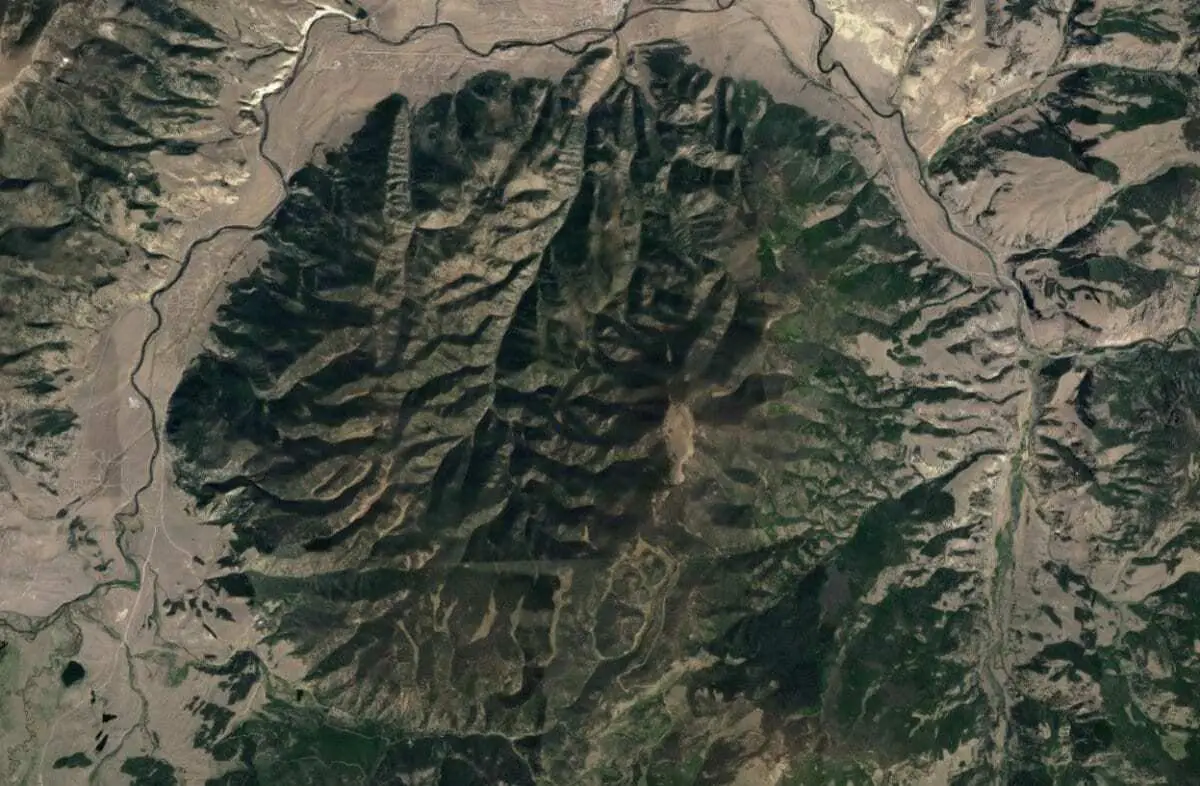
2 – Lake Toba
Lake Toba is a large caldera remnant of a supervolcano within the Toba caldera complex of North Sumatra. The complex comprises of four overlapping volcanic craters that adjoin the Sumatran “volcanic front”. Covering an area of 100 by 30 km it is the world’s largest Quaternary caldera, and the fourth and youngest caldera.
This last major eruption occurred around 75,000±900 years ago and had an estimated VEI= 8, making it the largest-known explosive volcanic eruption within the last 25 million years.
An estimated 2,800 km3 of dense-rock equivalent pyroclastic material, known as the youngest Toba tuff, was released. Following the eruption, a resurgent dome formed within the new caldera that filled with water to create Lake Toba.
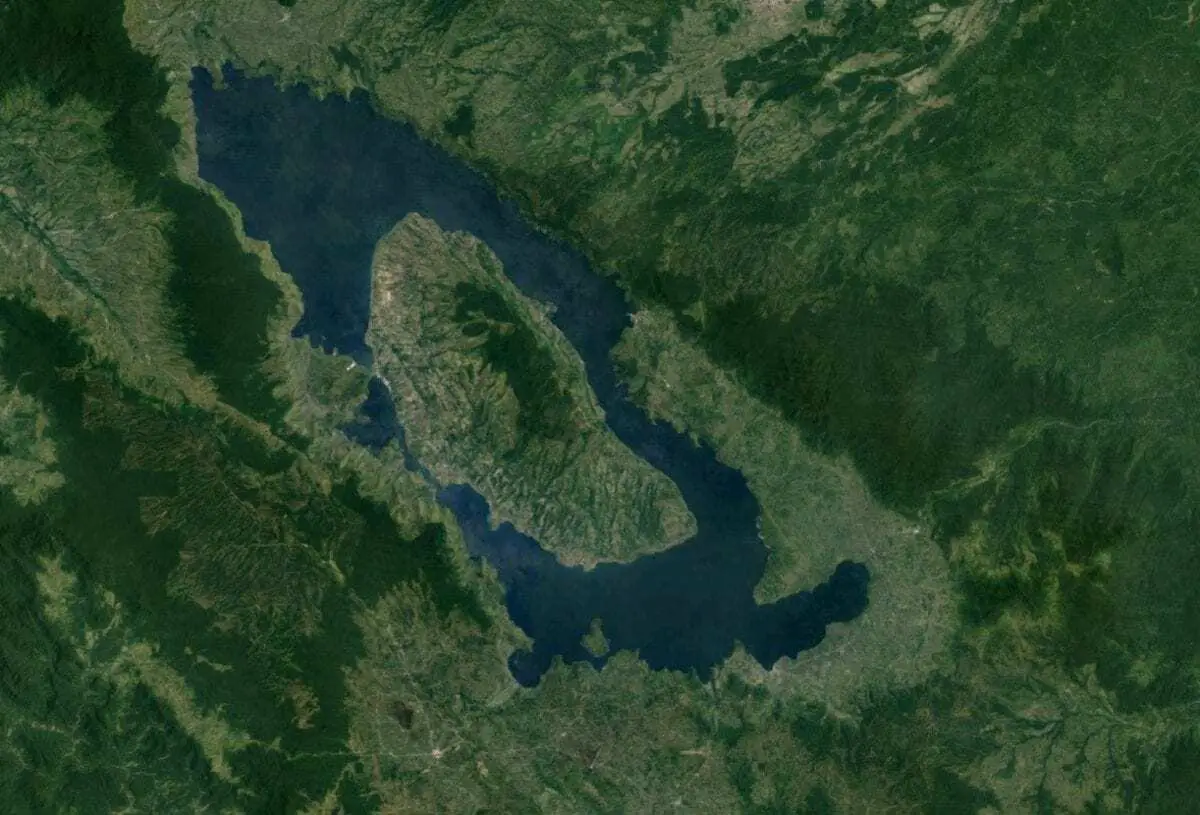
3 – Cerro Guacha
Cerro Guacha is a Miocene caldera in southwestern Bolivia’s Sur Lípez Province. Part of the volcanic system of the Andes, it is considered to be part of the Central Volcanic Zone (CVZ), one of the three volcanic arcs of the Andes, and its associated Altiplano-Puna volcanic complex (APVC).
Cerro Guacha and the other volcanoes of that region are formed from the subduction of the Nazca plate beneath the South America plate. Above the subduction zone, the crust is chemically modified and generates large volumes of melts that form the local caldera systems of the APVC.
Two major ignimbrites, the 5.6-5.8 mya Guacha ignimbrite with a volume of 1,300 cubic kilometres (310 cu mi) and the 3.5-3.6 mya Tara ignimbrite with a volume of 800 cubic kilometres (190 cu mi) have erupted from Cerro Guacha. More recent activity occurred 1.7 mya and formed a smaller ignimbrite with a volume of 10 cubic kilometres (2.4 cu mi).
The larger caldera has dimensions of 60 by 40 kilometres (37 mi × 25 mi) with a rim altitude of 5,250 metres (17,220 ft). Extended volcanic activity has generated two nested calderas, a number of lava domes and lava flows and a central resurgent dome.
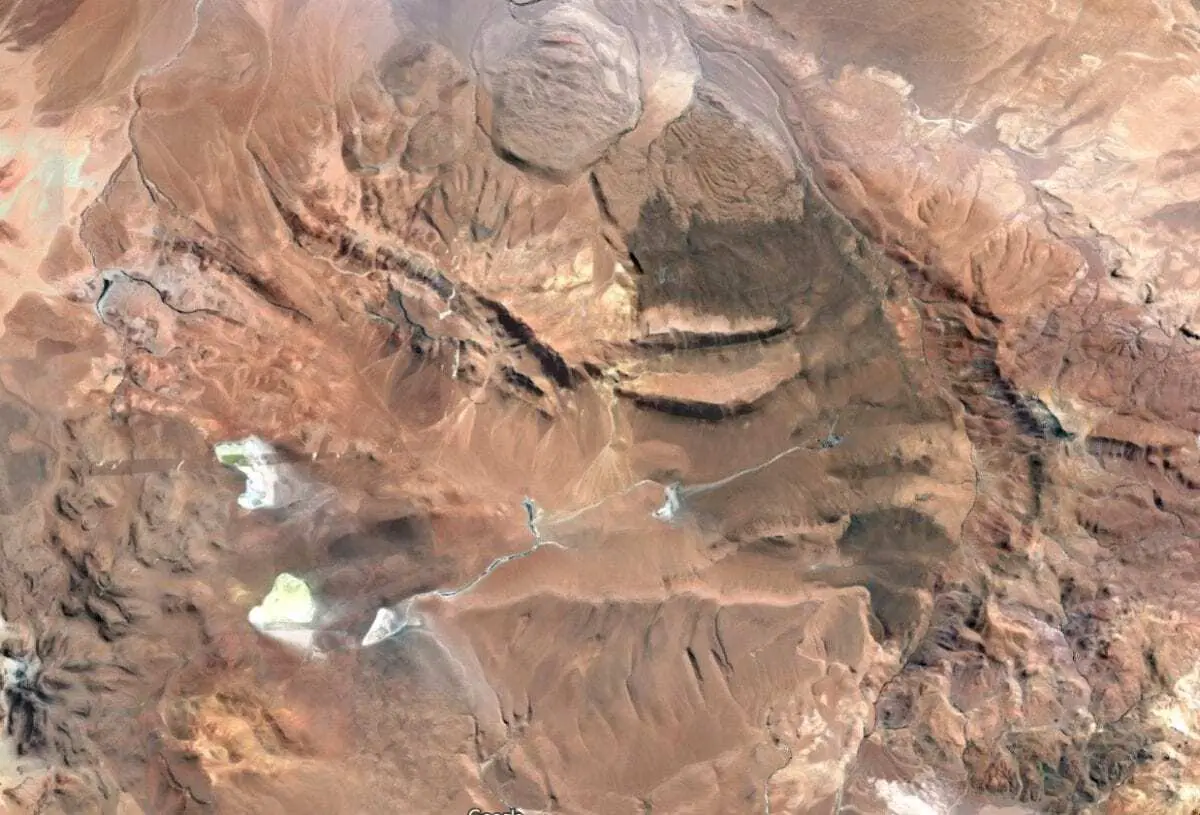
4 – Yellowstone Caldera
The Yellowstone Caldera is a volcanic caldera and supervolcano in Yellowstone National Park in the Western United States, sometimes referred to as the Yellowstone Supervolcano. The caldera and most of the park are located in the northwest corner of Wyoming.
Volcanism at Yellowstone is relatively recent, with calderas that were created during large eruptions that lie over a hotspot under the Yellowstone Plateau.
The three super eruptions occurred 2.1 million, 1.3 million, and approximately 630,000 years ago, forming the Island Park Caldera, the Henry’s Fork Caldera, and Yellowstone calderas, respectively.
The Island Park Caldera supereruption (2.1 million years ago), which produced the Huckleberry Ridge Tuff was the largest and produced 2,500 times as much ash as the 1980 Mount St. Helens eruption.
The next biggest supereruption formed the Yellowstone Caldera (~ 630,000 years ago) and produced the Lava Creek Tuff. The Henry’s Fork Caldera (1.2 million years ago) produced the smaller Mesa Falls Tuff, but is the only caldera from the Snake River Plain-Yellowstone hotspot that is plainly visible today.
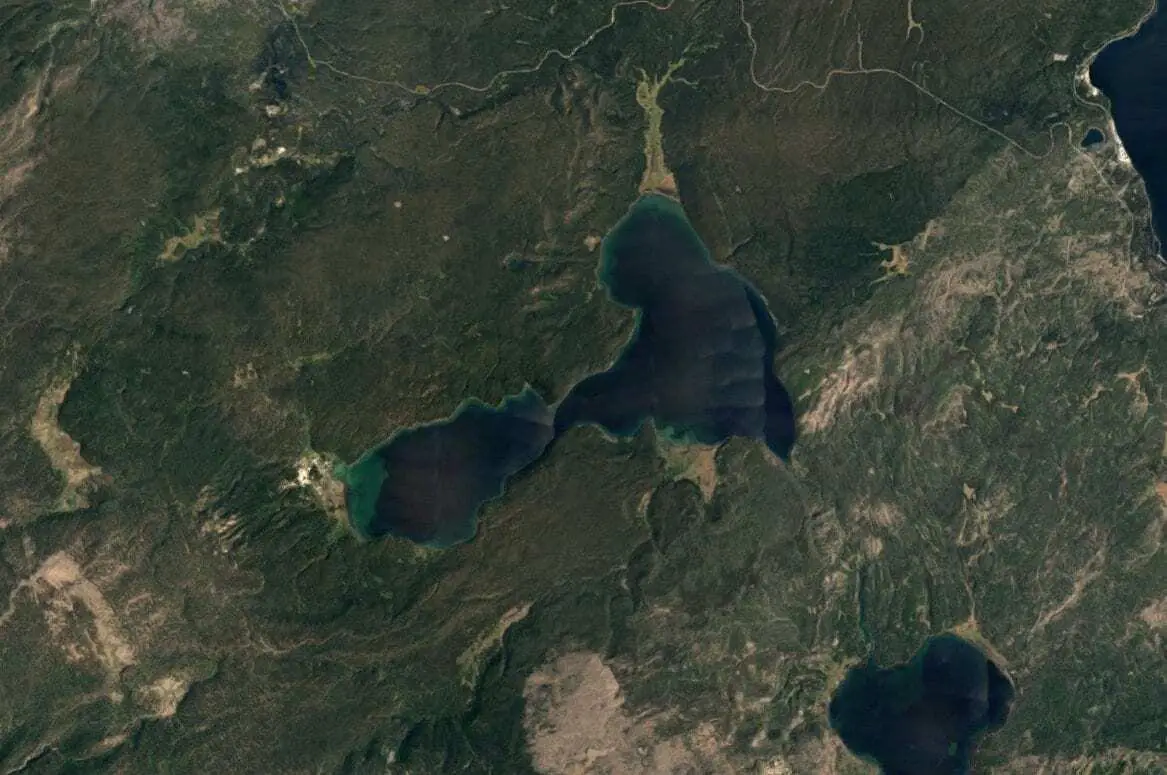
5 – Lake Taupo
Lake Taupo located on New Zealand’s North Island is the caldera of a large rhyolitic supervolcano called the Taupo Volcano. The Taupo Volcano forms part of the Taupo Volcanic Zone, a region of volcanic activity that extends from Ruapehu in the South, through the Taupo and Rotorua regions, to White Island in the Bay of Plenty.
The most notable event was the Oruanui eruption around 26,500 years ago during the Late Pleistocene with VE=8. It is one of the largest eruptions in the history of New Zealand and generated approximately 430 km3 (100 cu mi) of pyroclastic fall deposits, 320 km3 (77 cu mi) of pyroclastic density current (PDC) deposits (mostly ignimbrite) and 420 km3 (100 cu mi) of primary intracaldera material, equivalent to 530 km3 (130 cu mi) of magma, totaling 1,170 km3 (280 cu mi) of total deposits.

6 – Cerro Galán
Cerro Galán is a caldera in the Catamarca Province of Argentina. It is one of the largest exposed calderas in the world and forms part of the Central Volcanic Zone of the Andes.
Volcanic activity at Galán is the indirect consequence of the subduction of the Nazca Plate beneath the South America Plate.
The caldera was active between 5.6 and 4.51 million years ago with the largest eruption occurring 2.08 ± 0.02 million years ago producing 1,050 km3 of deposits.
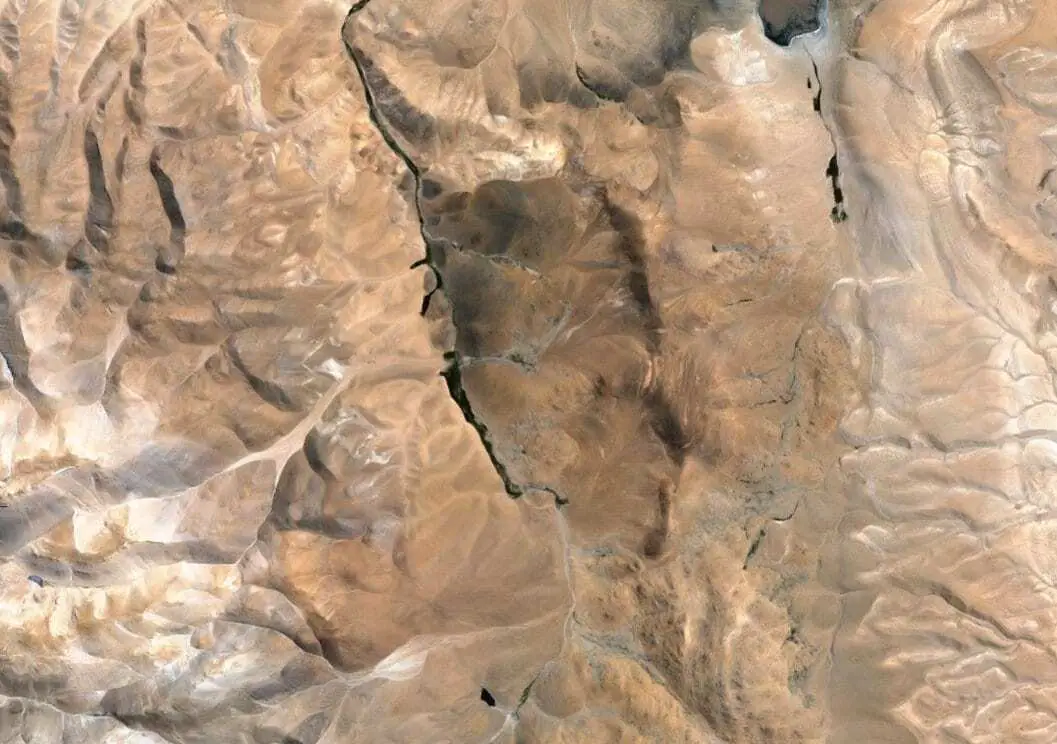
7 – Island Park Caldera
The Island Park Caldera crosses the borders of Idaho and Wyoming in the United States and is one of the world’s largest calderas, with approximate dimensions of 80 by 65 km.
The eruptions ashfall is the source of the Huckleberry Ridge Tuff that is found from southern California to the Mississippi River near St. Louis. This super-eruption of approximately 2,500 km3 (600 cu mi) occurred 2.1 Ma (million years ago) and produced 2,500 times as much ash as the 1980 eruption of Mount St. Helens.
The Island Park Caldera is sometimes referred to as the First Phase Yellowstone Caldera or the Huckleberry Ridge Caldera.

8 – Vilama
Vilama is a Miocene caldera in Bolivia and Argentina. Straddling the border between the two countries, it is part of the Central Volcanic Zone, one of the four volcanic belts in the Andes. Vilama is remote and forms part of the Altiplano-Puna volcanic complex, a province of large calderas and associated ignimbrites that were active since about 8 million years ago, sometimes in the form of supervolcanoes.
Vilama is the source of the enormous Vilama ignimbrite, which was emplaced during an eruption with a volcanic explosivity index of 8 about 8.4–8.5 million years ago. A large amount of the Vilama ignimbrite is inside the caldera depression, while the part outside of the caldera covers a surface area exceeding 4,000 square kilometres (1,500 sq mi). The total volume of the ignimbrite is about 1,200–1,800 cubic kilometres (290–430 cu mi), possibly as much as 2,100 cubic kilometres (500 cu mi). Another large ignimbrite, the Sifon ignimbrite, may also have been erupted by Vilama, while the Granada ignimbrite was later attributed to a separate volcano.
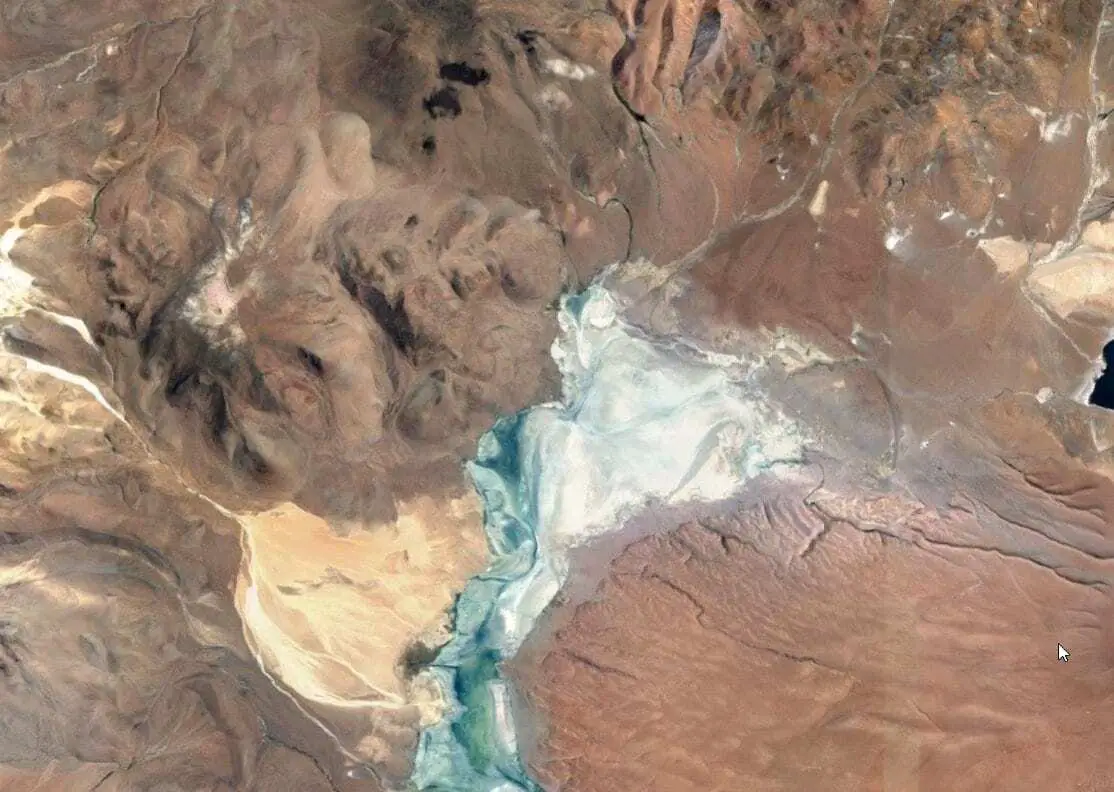
9 – La Pacana
La Pacana is a Miocene age caldera in northern Chile’s Antofagasta Region. Part of the Central Volcanic Zone of the Andes, it is part of the Altiplano-Puna volcanic complex, a major caldera and silicic ignimbrite volcanic field. T
La Pacana along with other regional volcanoes was formed by the subduction of the Nazca Plate beneath the South American Plate in the Peru-Chile Trench. La Pacana is responsible for the eruption of the giant Atana ignimbrite, which reaches a volume of 2,451–3,500 cubic kilometres (588–840 cu mi) and constitutes the fifth-largest explosive eruption known. The Atana ignimbrite was erupted 3.8 ± 0.1 and 4.2 ± 0.1 million years ago, almost simultaneously with the much smaller (volume of 180 cubic kilometres (43 cu mi)) Toconao ignimbrite.
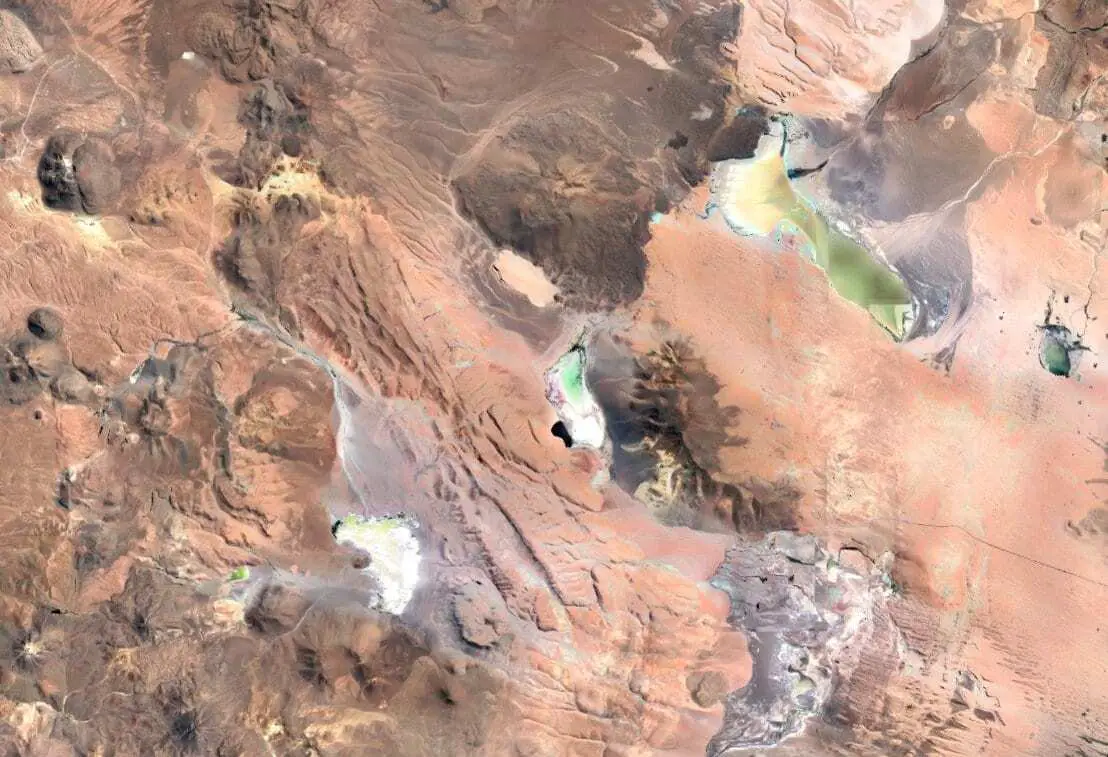
10 – Pastos Grandes
Pastos Grandes is the name of a nested caldera and crater lake in Bolivia which is around 35 by 40 kilometres (22 mi × 25 mi) wide and has a maximum depth of 400 metres (1,300 ft).
The caldera is part of the Altiplano-Puna volcanic complex, a large ignimbrite province that is part of the Central Volcanic Zone of the Andes.
Pastos Grandes has erupted a number of ignimbrites through its history, some of which exceeded a volume of 1,000 cubic kilometres (240 cu mi). After the ignimbrite phase, the lava domes of the Cerro Chascon-Runtu Jarita complex were erupted close to the caldera and along faults.
